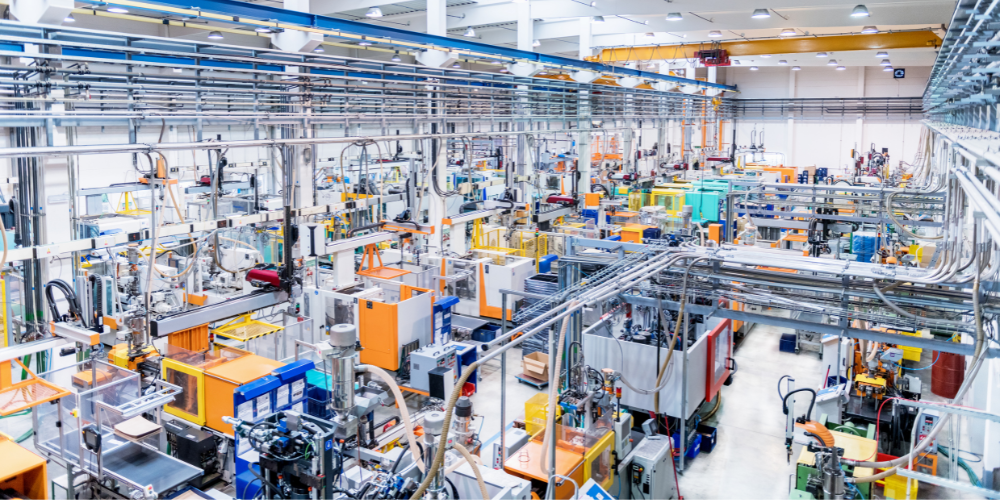Numerous plastic objects may be made using the injection molding method. If you have a basic injection molding machine, you can perform it in your garage or on a huge industrial scale. What you should know about this incredible process in its simplest form is provided here.
Types of injection molding
There are two main types of injection molding, single-cavity, and multi-cavity. The single cavity is when only one piece is being molded at a time, while multi-cavity is when multiple pieces are being molded simultaneously in the same machine.
The type of material being injected into the mold can also affect the type of custom injection molding services used. Injection molding machines are classified as horizontal or vertical depending on whether they have a horizontal axis or vertical axis.
Horizontal machines have an X and Y axis that moves horizontally across the table, while vertical machines have an X and Y axis that moves up and down vertically from left to right across the table.
How does injection molding work?
Injection molding is a manufacturing process that uses pressure to force molten plastic into a mold. The plastic is melted in a heating chamber and then forced through an opening called a gate onto the closed mold. When both halves of the mold come together, they form what’s known as an injection unit. As they close and cool, this unit injects molten liquid polymer into the cavity where it hardens and takes on its final shape under pressure.
This process happens quickly—in less than 20 seconds! You can see how much goes into creating each part just by watching:
Advantages of using injection molding
Injection molding is a process by which the shape of a plastic part is molded into its final form, using an injection mold. The plastic resin is heated to high enough temperatures to liquefy it, then pressurized into the mold cavity through an injection nozzle. As the liquid hardens, it cools and takes on the shape of the cavity (known as a “part”).
The advantages of using this method include:
- High-quality products
- Fast production speed
- Low cost
Disadvantages of using injection molding
The cost of mold is expensive. The process is time-consuming. It takes a lot of time to create and clean up after each molding cycle.
Precision is required during injection molding, which can be difficult depending on how many parts you want to produce at once (for example, if you’re trying to run multiple batches in one day).
Cleaning must be done carefully so that the finished product comes out without any defects or imperfections, which will reduce quality and make it harder for customers who are buying your product in the future!
Conclusion
Injection molding is a great way to manufacture products. It gives you the ability to create complex parts with a high level of precision, and it can be done quickly. Injection molding also allows you to make a part in one step instead of having multiple processes involved like other methods do. There are some disadvantages though like cost and complexity but overall, it’s worth considering if you’re looking for an efficient way to make parts at scale!

